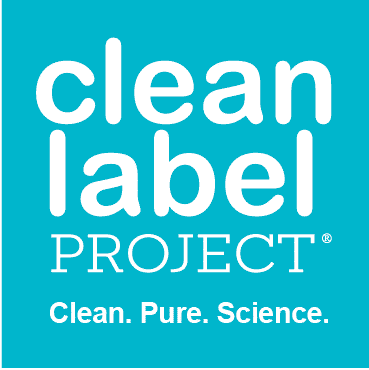Food Equity: Part 2
One blog post on food equity is not enough on a topic this important and relevant to society. In a world that is constantly changing with no signs of normalcy returning any time soon, the world needs to take a step back and notice the uneven food distribution. Food equity is not a new term by any means but has come to light more recently with compounding challenges from COVID-19. While there are social programs that are in place to aid those in need, are these social programs also unevenly distributed? People that need these programs to survive are not only those who live in low-income areas of cities but now include an enormous population of families whose sole provider was just laid off their job. Food aid programs such as WIC, food stamps, care and share, as well as local church and community welfare programs are doing amazing things to help people and families, but are at their limits.
The current mentality among Americans is to stock up on foods because you never know when they might be out in the cause of a food shortage. These food items that families are stocking up on and receiving from social programs are not usually fresh, nutritious fruits and vegetables. Instead, they are often cheap processed foods meant to stay preserved for long periods of time. Many of the consumers who rely solely on these types of foods are at higher risk of obesity, diabetes, and cardiovascular disease. The stay at home orders and social distancing also displaces physical activities for many families, which adds to this health risk. While there are still some people and families that are able to be active and eat right, not everyone is as fortunate. The current standard American diet is not primarily the nutritious components that the body needs to survive but is a mixture of refined sugars, preservatives, and processed junk foods. In order to remain healthy, the first step is to maintain a balanced diet, and many Americans are not doing that. This can be by choice or due to the unbalanced distribution of healthy foods.
An interesting factor to consider with those receiving food aid is where they are able to shop. Here at Clean Label Project, we believe there is a disparity in the shopping options depending on where the consumer lives, one factor compounding the issue is racism and sustained neighborhood segregation. In addition to the types of stores available, food access is dependent on what the consumers in a particular area might purchase and have purchased in the past. The food options will be very different in a middle-class, primarily white suburb compared to a low income, culturally diverse neighborhood. While some people many never wonder where to purchase fresh fruit options, others may not be so lucky. Or maybe it is available, but they choose to spend their money on something that will last longer in the pantry but is less healthy. At Clean Label Project, we believe a lot of the food equity issues stem from the social and racial bifurcation that already divides the country in many aspects of everyday life. But the question remains: how does this gap get bridged? And who’s responsibility is it in to fix? Whether the solution is more funding for these social programs or increased enforcement to ensure that these funds are dispersed properly, something needs to give.
Food equity is something that everyone plays their part in, whether they realize it or not. Unfortunately, a perfect solution has not been found yet. Some efforts have been made to push for changes in farm subsidies and more tax breaks for food manufacturers if they donate food to food shelters and underserved communities.
Here at Clean Label Project, we are trying to do our part through advocacy for safe, wholesome food. There is still much more to do, and many questions that still need to be answered. Expect to hear more from Clean Label Project on the subject.
More sources on Food Equity:
- http://www.freshlookfoods.com/food-equity/
- https://www.centerforsocialinclusion.org/our-work/our-programs/food-equity/
- https://sustainableunh.unh.edu/blog/2016/07/food-equity-how-structural-racism-reduces-sustaianbility-food-system
Author: Jackie Bowen,
Executive Director of Clean Label Project
